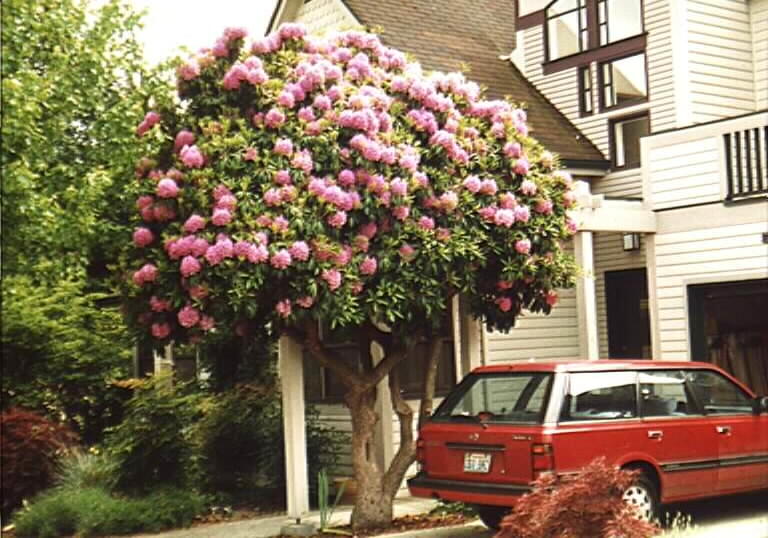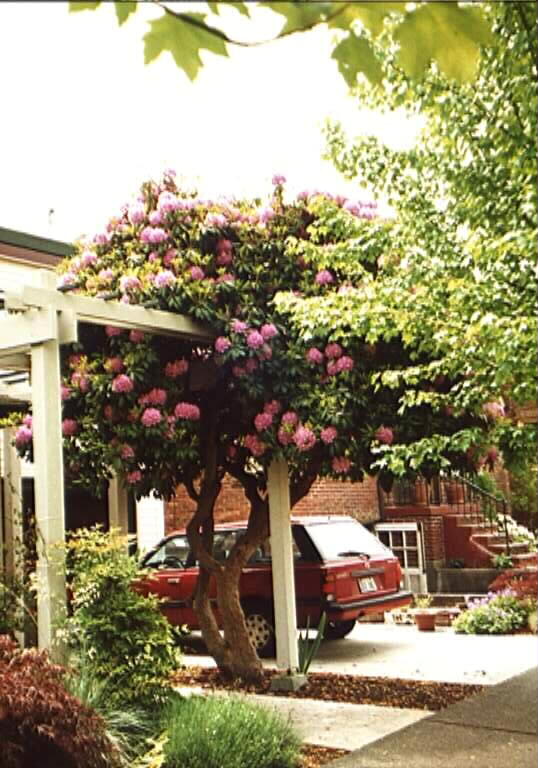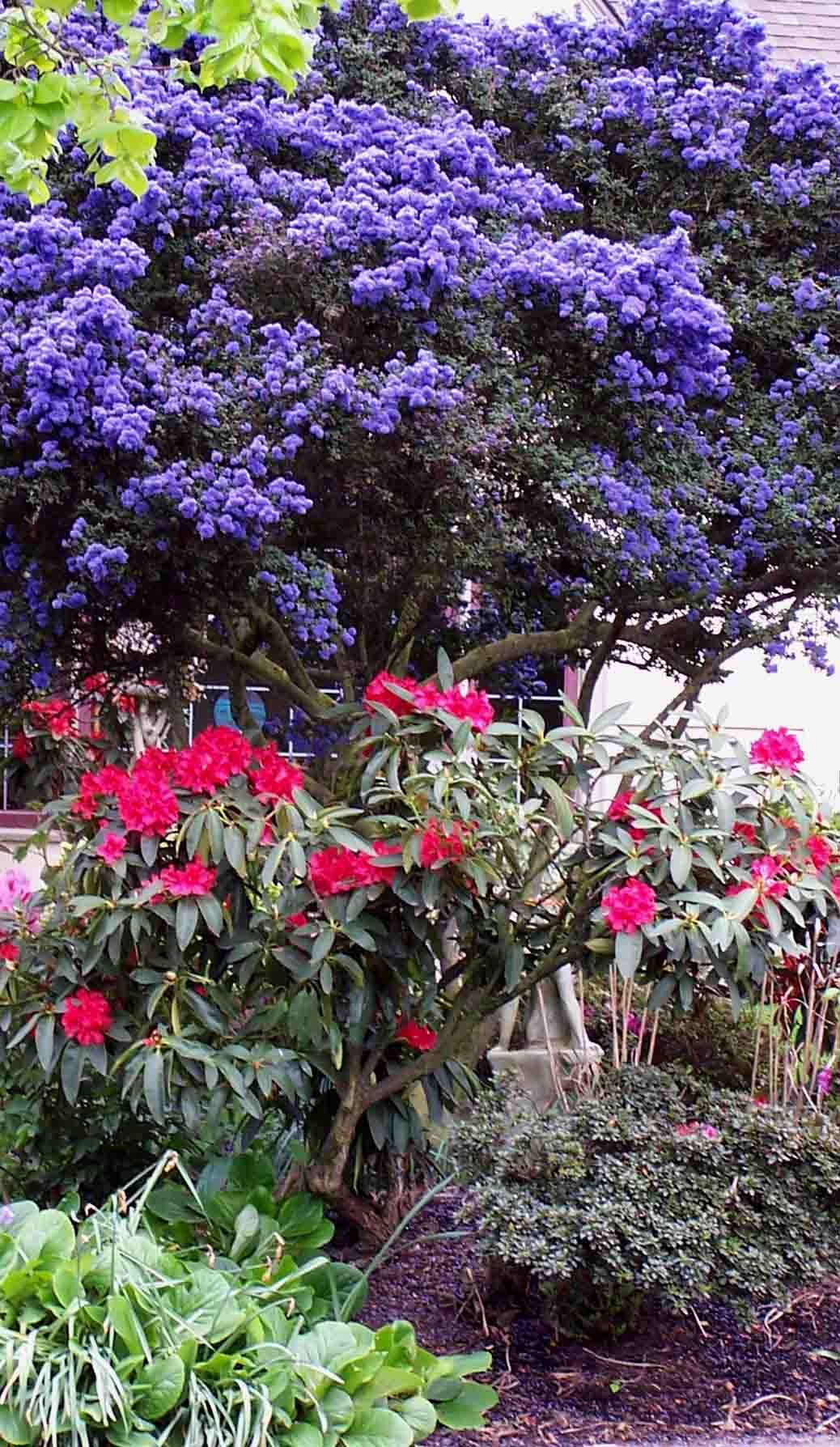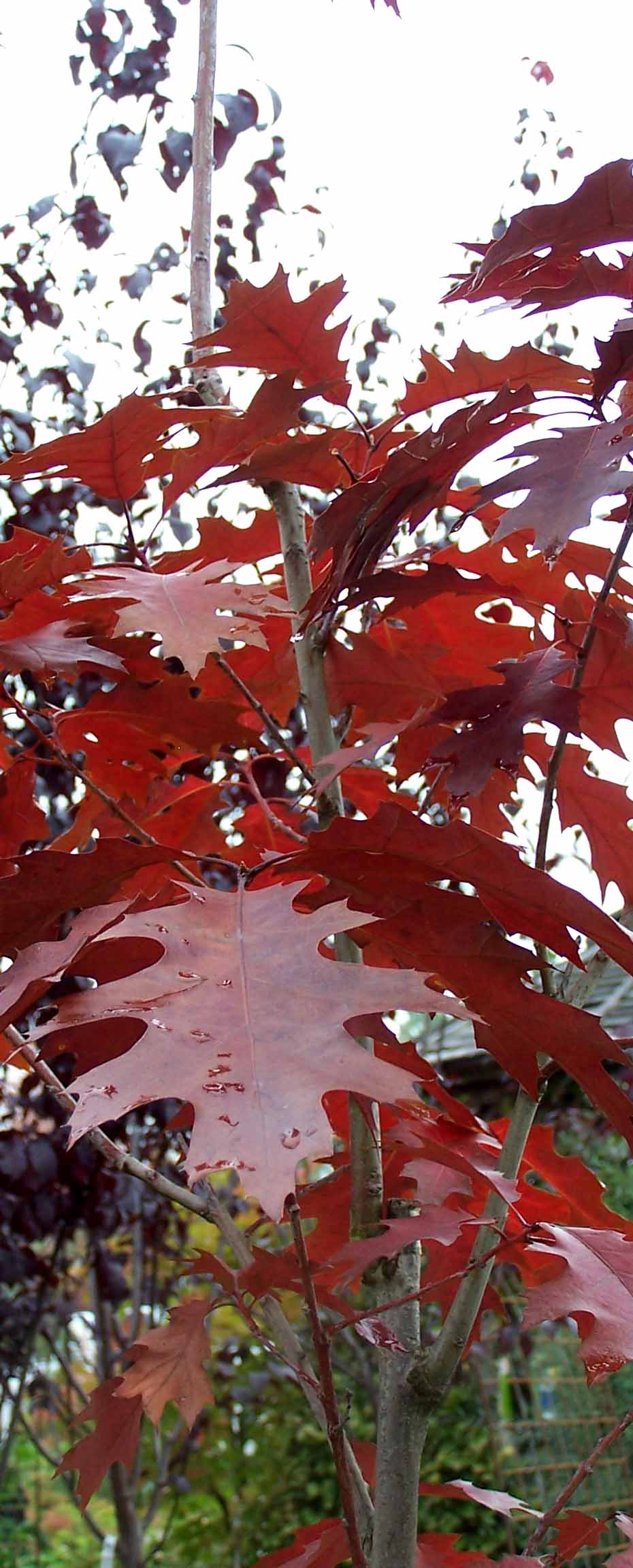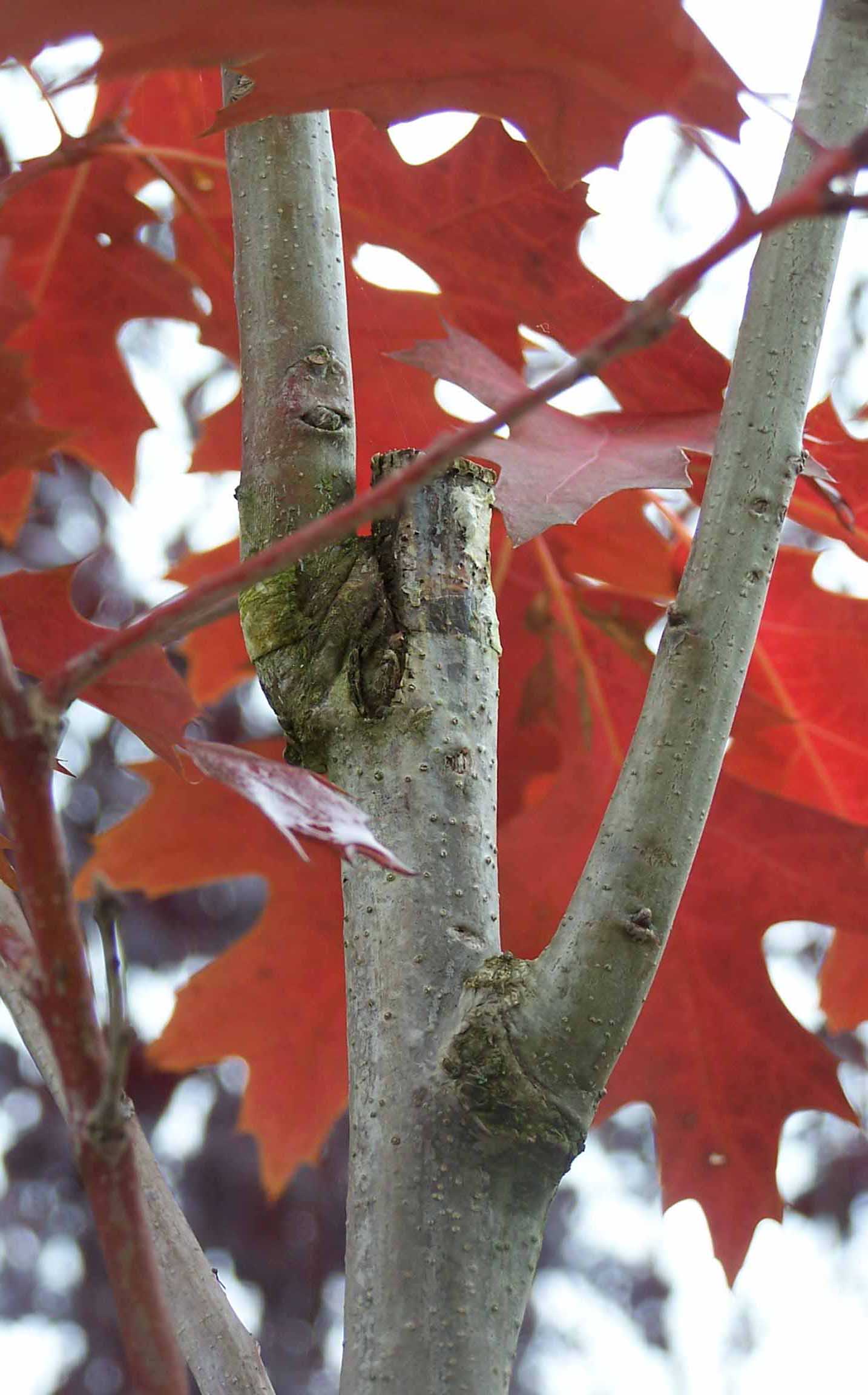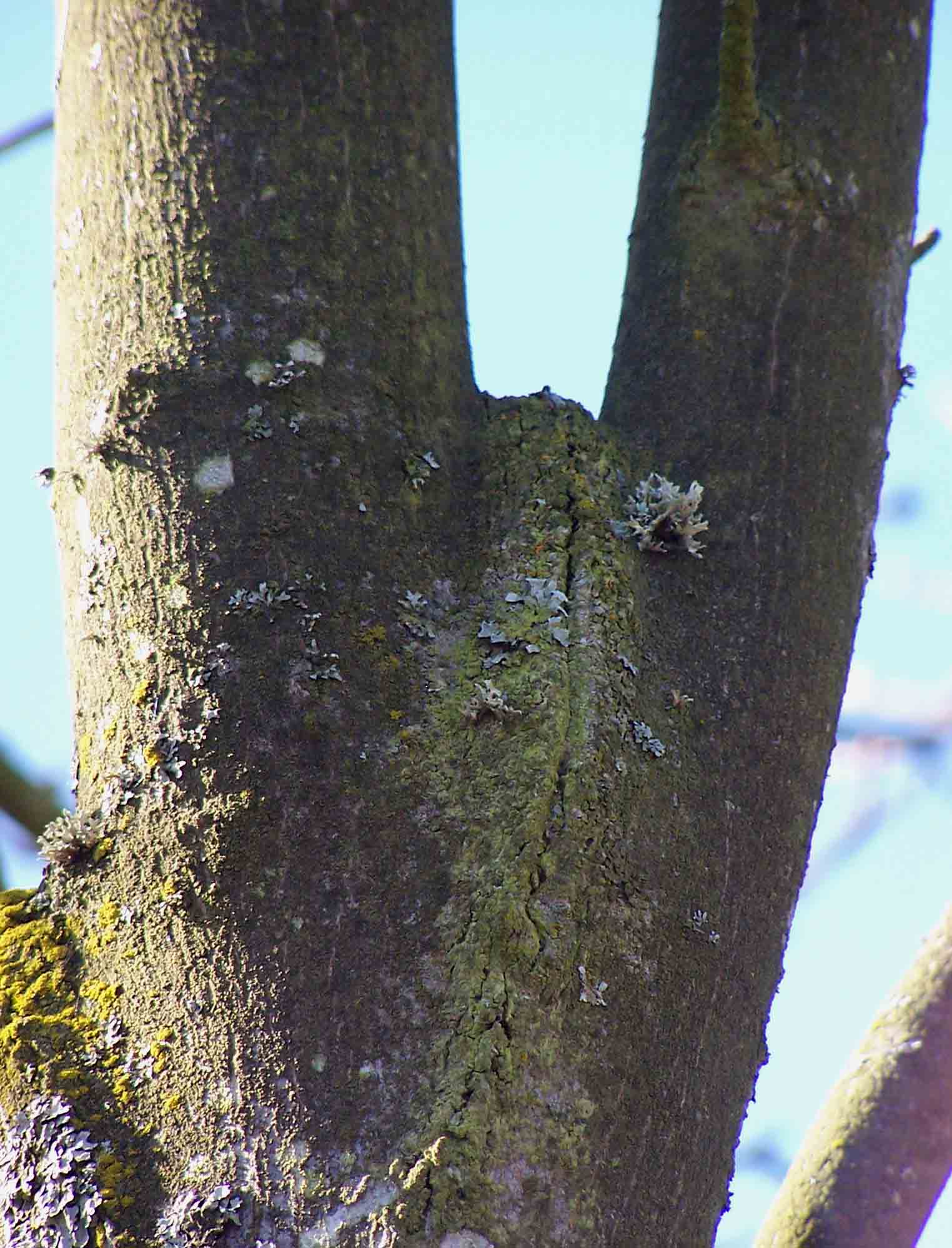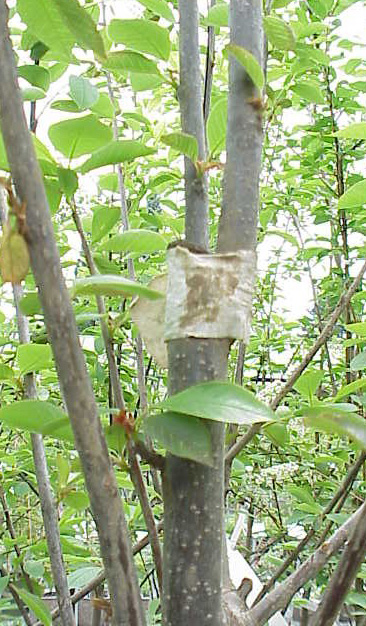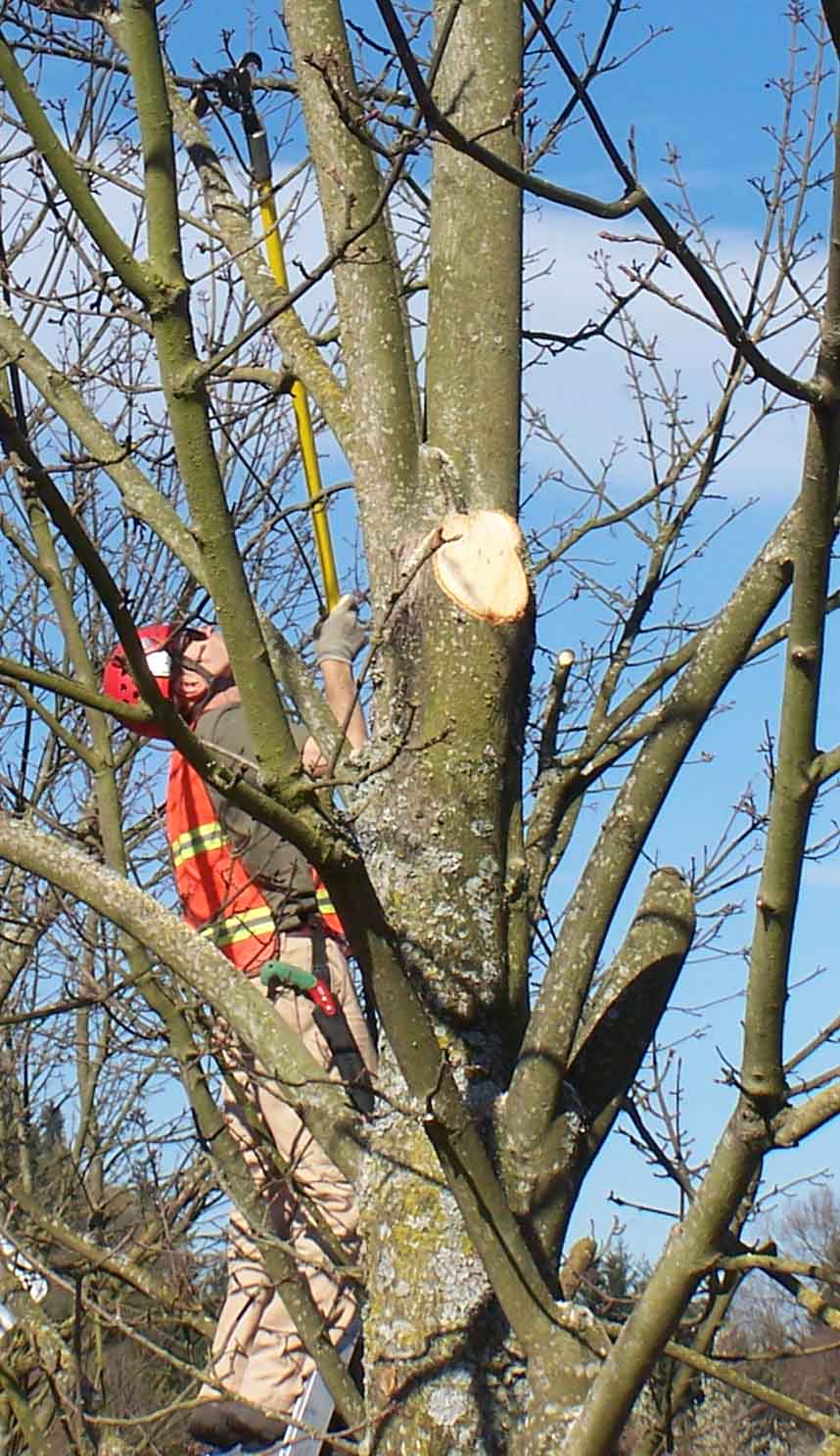In the spirit of the season I’m including some photos from our neighbor’s willow tree that failed a few years ago. The failure wasn’t unexpected, given the age of the tree and the lack of crown care it received. What’s truly scary is the “tree service” that came out to deal with the problem. Low bid wins again!
(And yes, I’ll post a puzzler as well. Two for one today!)

Here’s the willow after the crown collapsed
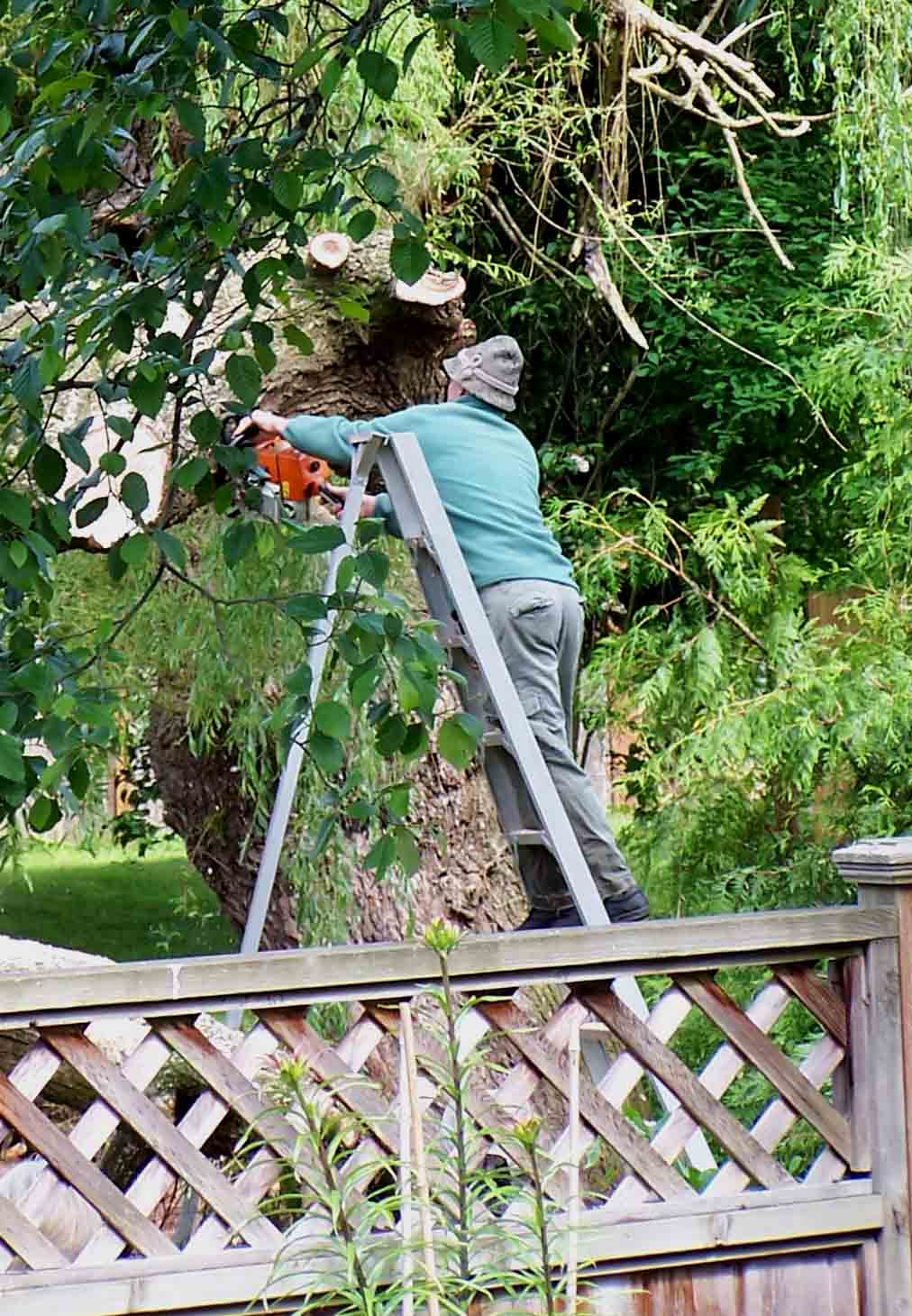
Rickety ladder + chainsaw = suspense!

Standing in the collapsed crown – no rope or other safety equipment
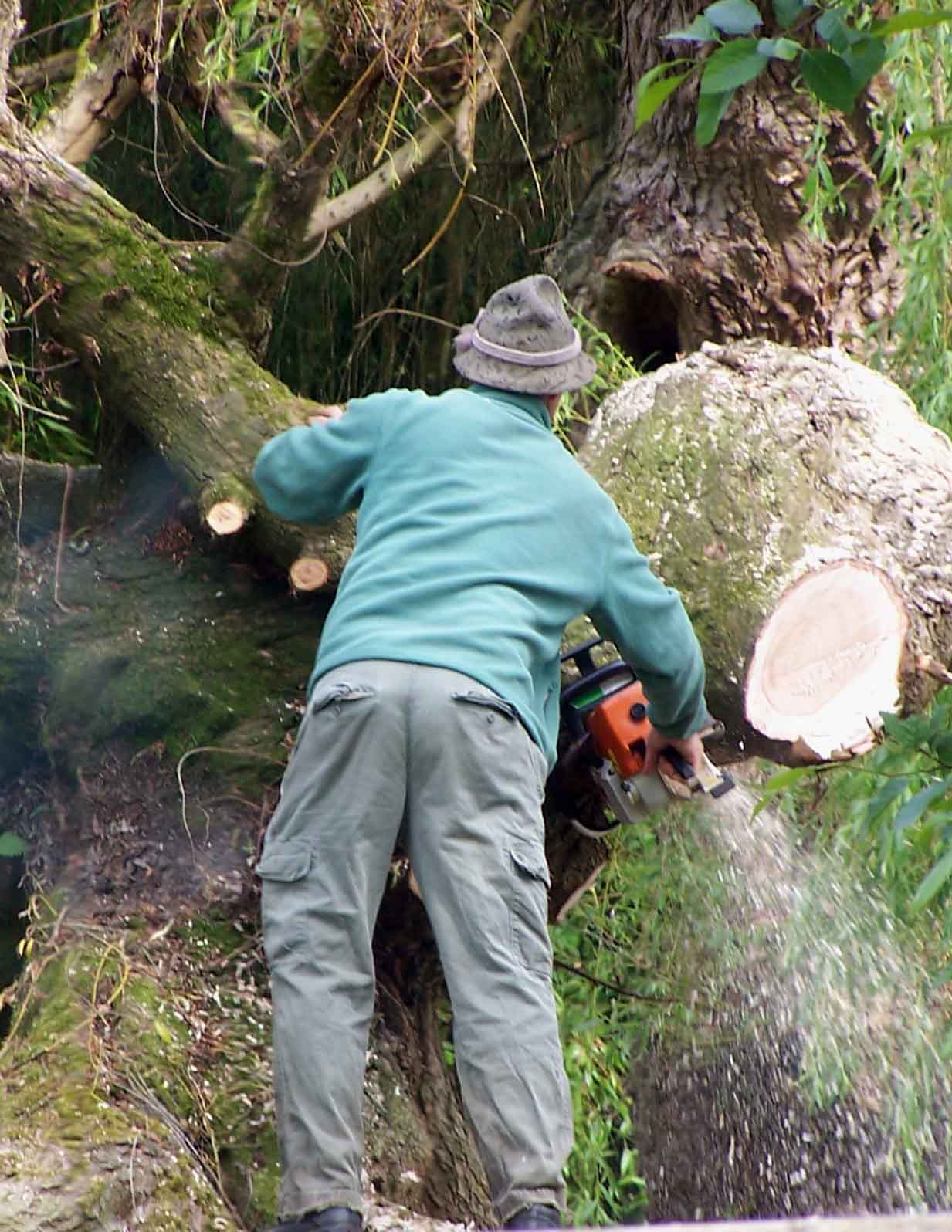
Look Ma! One hand!!!
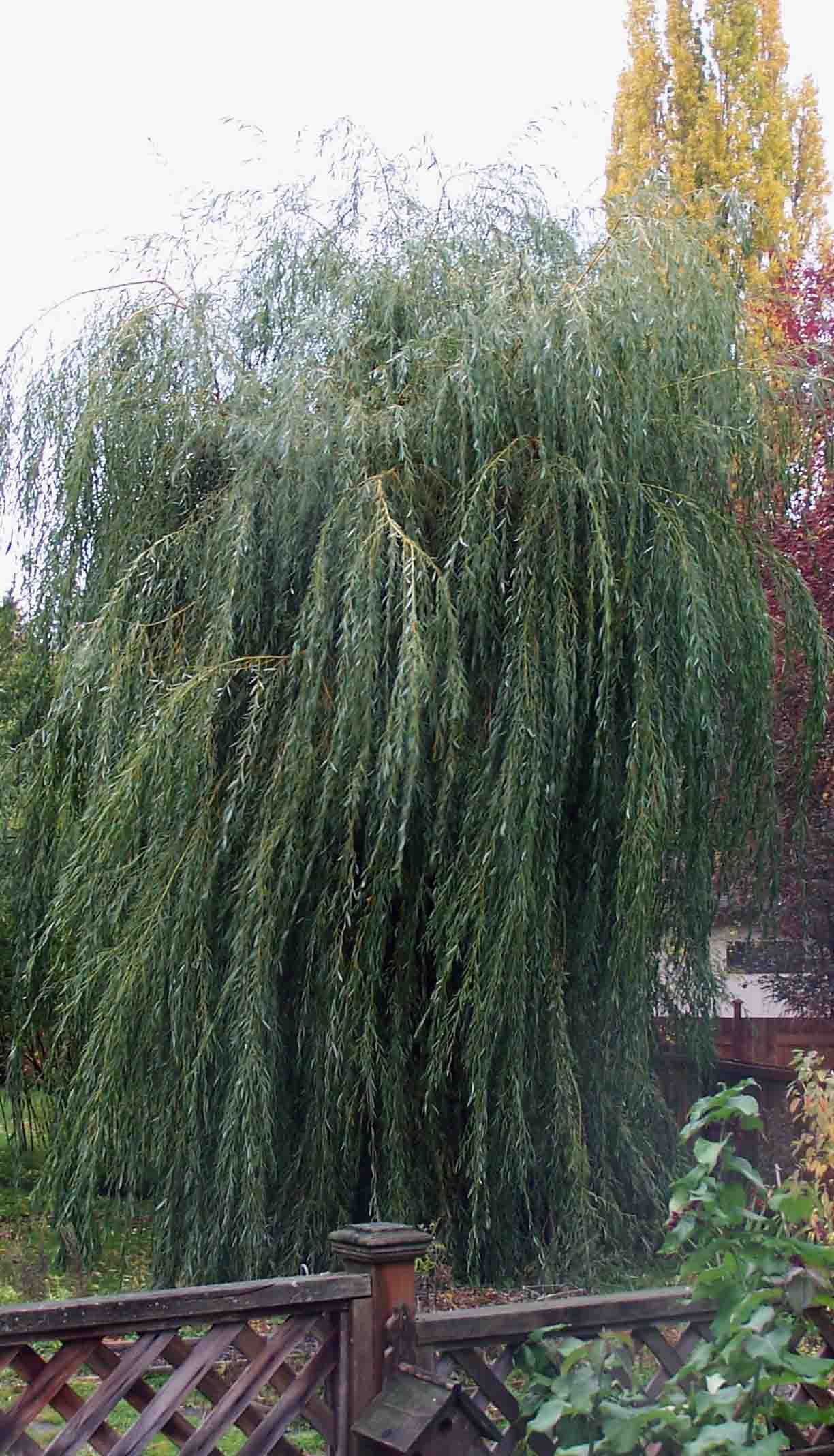
And best (worst?) of all, the remaining trunk was just left in place. It quickly resprouted and now resembles Cousin Itt from The Addams Family.
